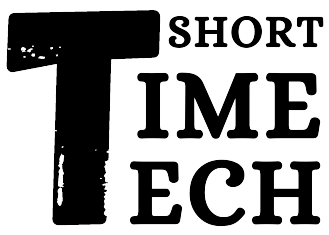Introduction: What is Web 3.0?
As we advance through 2024, the concept of Web 3.0 is gaining traction, heralding a new era for the internet characterized by decentralization, user ownership, and enhanced interactivity. Unlike its predecessors, Web 1.0 (static web pages) and Web 2.0 (user-generated content and social media), Web 3.0 aims to empower users through blockchain technology, decentralized applications (dApps), and innovative data privacy models. This article explores the core principles of Web 3.0, its current developments, and the implications for users and businesses alike.
Key Features of Web 3.0
At the heart of Web 3.0 is the promise of decentralization, which shifts power from centralized entities to individual users. Blockchain technology plays a crucial role in this transition, providing a transparent and secure way to store data and conduct transactions. In 2024, several platforms are already harnessing blockchain to create decentralized social networks, marketplaces, and content-sharing services that prioritize user control over data.
Another defining feature of Web 3.0 is the concept of the semantic web, which aims to improve data connectivity and usability. By using advanced algorithms and machine learning, Web 3.0 applications can understand and interpret user intent, leading to more personalized and relevant online experiences. For example, decentralized search engines are emerging that prioritize user privacy and relevance, allowing users to navigate the web without being tracked by advertising algorithms.
Furthermore, tokenization is a significant aspect of Web 3.0, enabling users to earn rewards for their contributions. Through mechanisms like non-fungible tokens (NFTs) and cryptocurrencies, users can monetize their content and interactions. This shift empowers creators and incentivizes quality contributions while reducing reliance on traditional advertising models.
Challenges and the Road Ahead
Despite the promising vision of Web 3.0, several challenges hinder its widespread adoption. One of the main obstacles is the complexity of blockchain technology, which can be intimidating for non-technical users. To overcome this barrier, developers must create user-friendly interfaces and educational resources to facilitate a smoother transition.
Moreover, regulatory uncertainty poses a significant challenge. As decentralized platforms emerge, governments and regulatory bodies are grappling with how to address issues like data privacy, consumer protection, and taxation. Striking a balance between fostering innovation and ensuring user safety will be essential for the future of Web 3.0.
Additionally, the environmental impact of blockchain technology has come under scrutiny. While newer consensus mechanisms like proof-of-stake aim to reduce energy consumption, the overall sustainability of decentralized networks remains a critical concern. Addressing these environmental issues will be vital for building public trust in Web 3.0 technologies.
Conclusion: A New Era of the Internet
As we progress through 2024, Web 3.0 represents a transformative shift in how we interact with the internet. With its focus on decentralization, user empowerment, and enhanced connectivity, this new paradigm holds the potential to redefine online experiences and democratize the digital landscape. However, overcoming the challenges associated with technology and regulation will be crucial to realizing the full potential of Web 3.0. As users, businesses, and developers embrace this change, the future of the internet may be more equitable and user-centric than ever before.

